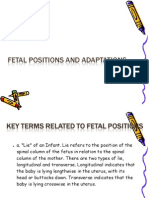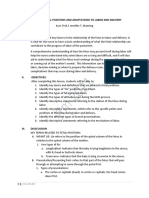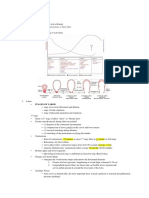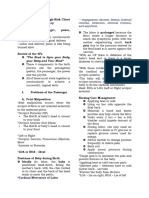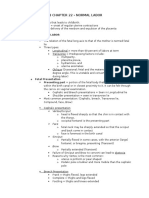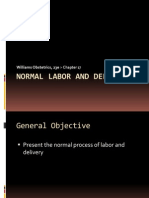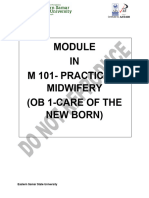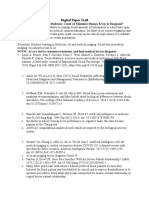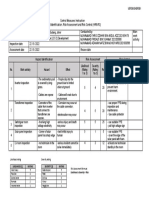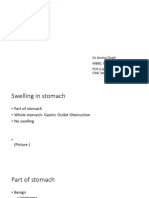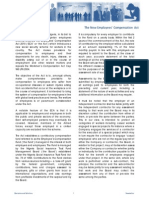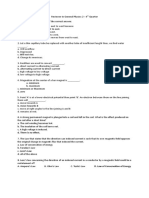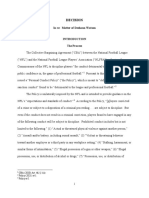0% found this document useful (0 votes)
82 views4 pagesVideo 2 Part 2
This document discusses key factors related to the passenger (fetus) during labor and delivery:
1. Presentation refers to the fetal body part that will contact the cervix first, determined by fetal lie and degree of flexion. The most common presentation is cephalic (head first). Breech presentations can cause difficult births.
2. Fetal position refers to the relationship of the presenting part to the mother's pelvis. Left occipitoanterior is most common. Posterior positions like occipitoposterior can prolong labor.
3. Engagement and station describe how far the presenting part has descended into the pelvis. Engagement is at the ischial spines (
Uploaded by
Cher Angel BihagCopyright
© © All Rights Reserved
We take content rights seriously. If you suspect this is your content, claim it here.
Available Formats
Download as DOCX, PDF, TXT or read online on Scribd
0% found this document useful (0 votes)
82 views4 pagesVideo 2 Part 2
This document discusses key factors related to the passenger (fetus) during labor and delivery:
1. Presentation refers to the fetal body part that will contact the cervix first, determined by fetal lie and degree of flexion. The most common presentation is cephalic (head first). Breech presentations can cause difficult births.
2. Fetal position refers to the relationship of the presenting part to the mother's pelvis. Left occipitoanterior is most common. Posterior positions like occipitoposterior can prolong labor.
3. Engagement and station describe how far the presenting part has descended into the pelvis. Engagement is at the ischial spines (
Uploaded by
Cher Angel BihagCopyright
© © All Rights Reserved
We take content rights seriously. If you suspect this is your content, claim it here.
Available Formats
Download as DOCX, PDF, TXT or read online on Scribd
/ 4


